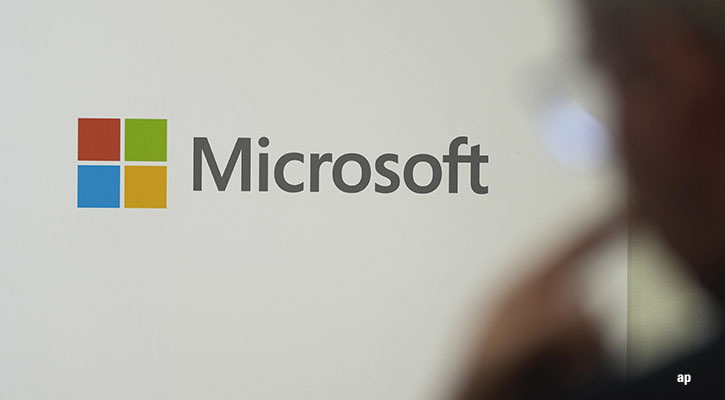In last part of an interviews PIMCO’s acclaimed and widely cited fund manager Bill Gross gave to Morningstar, Gross shares his outlook for bond market opportunities in an environment of high inflation and rising interest rates. Bill Gross spoke to Morningstar’s Director of Fixed Income Research Eric Jacobson shortly before S&P downgraded its rating for US sovereign debt. See Part I: Treasuries’ Risk-Reward Balance Is Off and Part II: Better Sovereign Debt Opportunities Outside US, Part III: Bond Investors' Menus Need to Expand and Part IV: Bond Funds Need to Beat Inflation.
Eric Jacobson: Let me ask you one last question and take it from the point of view of the very, very fearful investor, which we know there are a many out there right now, who are just really, really petrified about the prospect of rising rates.
Perhaps for as many reason reasons as just the press and the conventional wisdom that's out there, that perhaps those people don't know exactly where you and lot of the other folks in the institutional market stand, help them understand what you think is a reasonable expectation for what the dangers are for the next few years and what it would mean to own a fund like Total Return in that environment?
Bill Gross: Well, higher yields and lower prices are a function of number of things, primarily inflation and to some extent real interest rates, which themselves are a function of Mr. Bernanke and the Fed and their own policies toward inflation and growth. So, it's a tossed salad, so to speak, let's address the inflationary outlook.
Yes, from the standpoint of headline, it's been dominated by commodities and oil and food prices and on a annualised basis; you have 2.5%, to 3%, to 3.5% numbers. Those are probably unrealistically high, but our way of thinking the core, which is what Bernanke favours, at 1% is a little bit low. PIMCO would expect 2%-3% inflation going forward.
PIMCO would also expect the Fed in terms of its policy rate and real interest rates to at some point over the next 6 to 12 to 18 months to begin to renormalise those yields, and as we've talked about in terms of quantitative easing, to cease the purchasing of Treasuries. So, all of that in combination means that with inflation at 2.5% and with policy rates moving higher that perhaps a 10-year Treasury at 3.5% over the next year or two could move up by 50 to 100 basis points.
Now, what would that do to a bond fund invested only in 10-year Treasuries? It would probably subtract 5 points from its principal value while at the same time providing income over a year-and-a-half period of time of about 5 points, as well. So, it would put investors at a break-even type of level. So, if that's the downside.
If the worst you can do is you get all your money back, so to speak, after a year and a half, and the best you can do is 5%-plus if things moved in reverse, then it's certainly not a desperate type of situation in which investors should wonder whether they should put all of their money into gold or commodity funds or something that’s going up as opposed to going down.
The bull market may have ended, but the bear market in bonds should be a gradual one and which investors still can use income to offset any type of price loss in bonds. And in terms of the Total Return fund, if duration becomes less of a focus and other spreads become more of a focus, then the 5.5% yield of the Total Return fund should represent a pretty decent target or objective for investors going forward in terms of not losing that principal as interest rates go up. So, that’s what we hope.
We think the Total Return fund can provide investors with a 4%-5% return over the next five years. Is that great? Well, it’s not as great as the last 30 years, but like I say, that was a result of interest rates coming down substantially since 1981. Those days are gone because we've have hit zero in terms of the policy rate, and we are just going to have to be less constrained duration-wise so that the 4%-5% becomes a practical possibility for investors going forward.
We’re very mindful of what investors want. They want return; they don’t want risk. And we are trying to put that all together to make sure that they get most of what they are looking for.






















